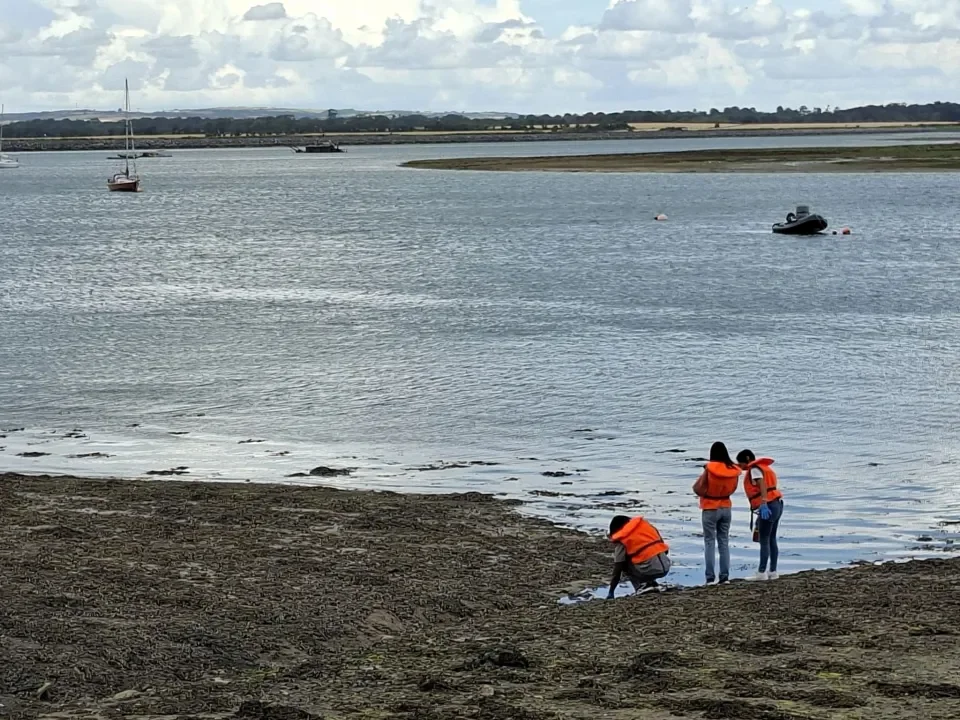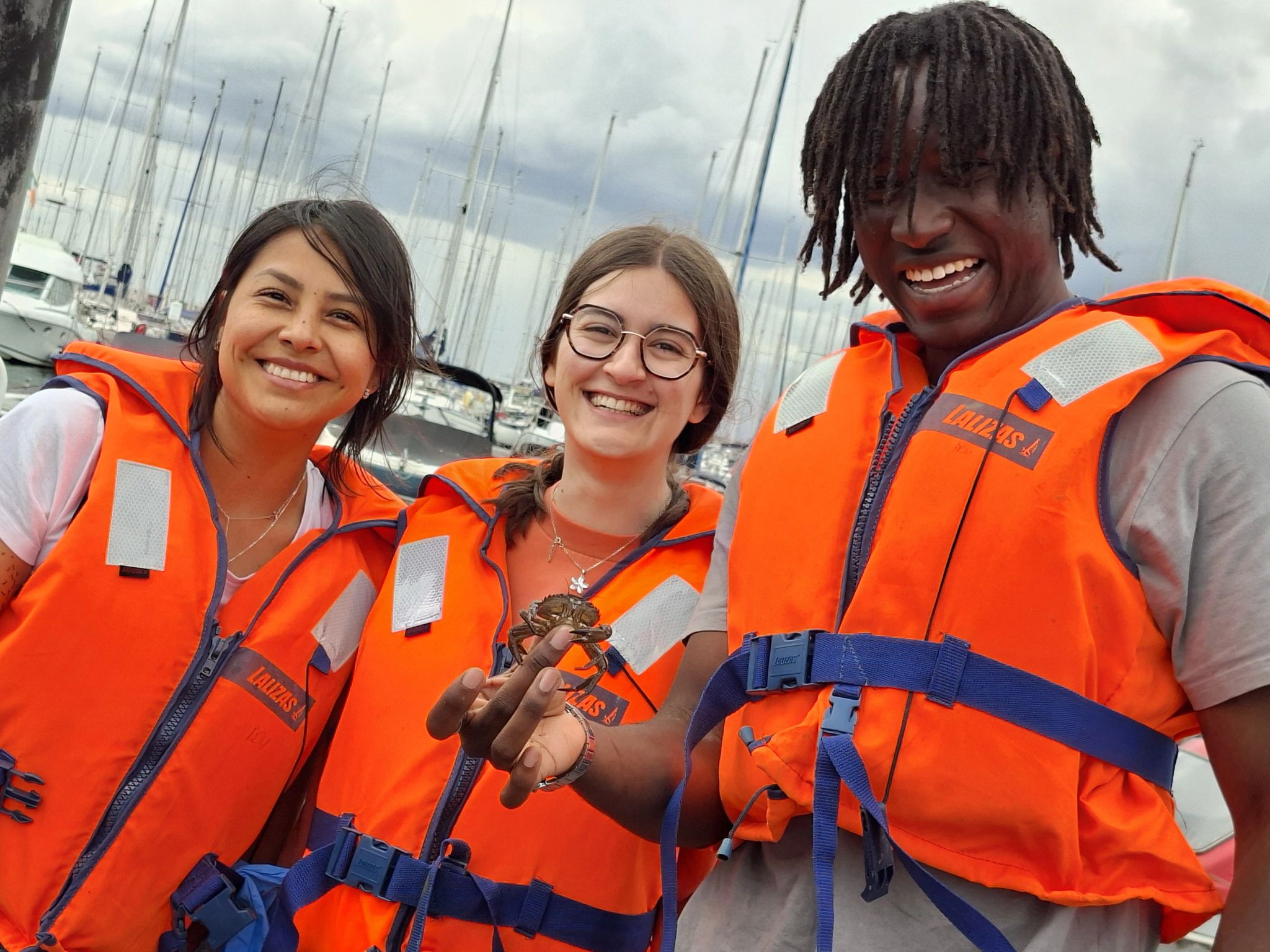

Unmasking Dublin Bay's Hidden Threats: DCU Water Institute Hunts for Emerging Pollutants
Unmasking Dublin Bay's Hidden Threats: DCU Water Institute Hunts for Emerging Pollutants
DUBLIN, Ireland – Beneath the familiar waves of Dublin Bay lies a hidden challenge, one that Dublin City University (DCU) Water Institute is actively addressing. Research student Patrick Sode, as part of the pioneering EU-funded AquaBioSens project, is at the forefront of identifying invisible threats in our marine environment: trace quantities of emerging contaminants.
Recently, Patrick and his team embarked on a vital sampling expedition across Dublin Bay, collecting samples from various points stretching from Portrane in the north down to Dun Laoghaire in the south. Their mission? To bring these samples back to the lab and pinpoint the presence of pollutants like pesticides and pharmaceuticals.
The Unseen Problem in Our Waters
These "emerging contaminants" are a growing global concern. While present in extremely low concentrations, they can still negatively affect marine wildlife, potentially impacting the food chain and even posing risks to humans, particularly in popular recreational areas. Given Dublin Bay's significant agricultural activity to the north and its frequent use for swimming and other recreational activities, understanding the presence of these substances locally is crucial for public and environmental health.
Pioneering Research for a Cleaner Future
Patrick's innovative research is pushing the boundaries of detection. Because these contaminants are so dilute, his lab work involves a clever technique called Solid Phase Extraction (SPE). "We take a litre of seawater and, using a special cartridge, we can effectively pre-concentrate the contaminants from that volume down to just one millilitre," Patrick explains. "This thousand-fold pre-concentration allows us to then detect and analyse contaminants that would otherwise be virtually invisible." This concentrated sample is then analysed using sophisticated equipment like the triple quadrupole liquid chromatography mass spectroscopy (LC-MS) machine.
A Vision for Automated Monitoring
This meticulous lab work is a critical step towards a bigger vision for the AquaBioSens project. The ultimate goal is to develop an automated, deployable sensor unit that can be placed directly in the sea to continuously monitor for these hidden threats, eliminating the need for time-consuming manual lab analysis. Patrick's current sampling across Dublin Bay will also help identify the most suitable areas to deploy these future automated units for optimal detection.
"If these automated sensors flag an issue, we can alert local agencies or those responsible for the bodies of water," Patrick notes. "This could help inform decisions on agricultural practices, prompt investigations into pollutant sources, and ultimately ensure our waters remain safe and clean for generations to come."
Passionate Research, Expert Guidance
For Patrick, this vital work is driven by a personal passion. "I enjoy working with water and contaminants, and a big goal of mine would be to branch into marine biology," he shares. "Knowing that our research can contribute to protecting marine wildlife and potentially human health from these emerging threats is incredibly rewarding." This critical research is being conducted under the expert guidance of Prof. Fiona Regan who is a full professor of Chemistry and director of the DCU Water Institute.

Want to know more?
Stay tuned to the DCU Water Institute for further updates on Patrick's ground-breaking research and the AquaBiosens project, as they work to safeguard Ireland's invaluable marine environment.
